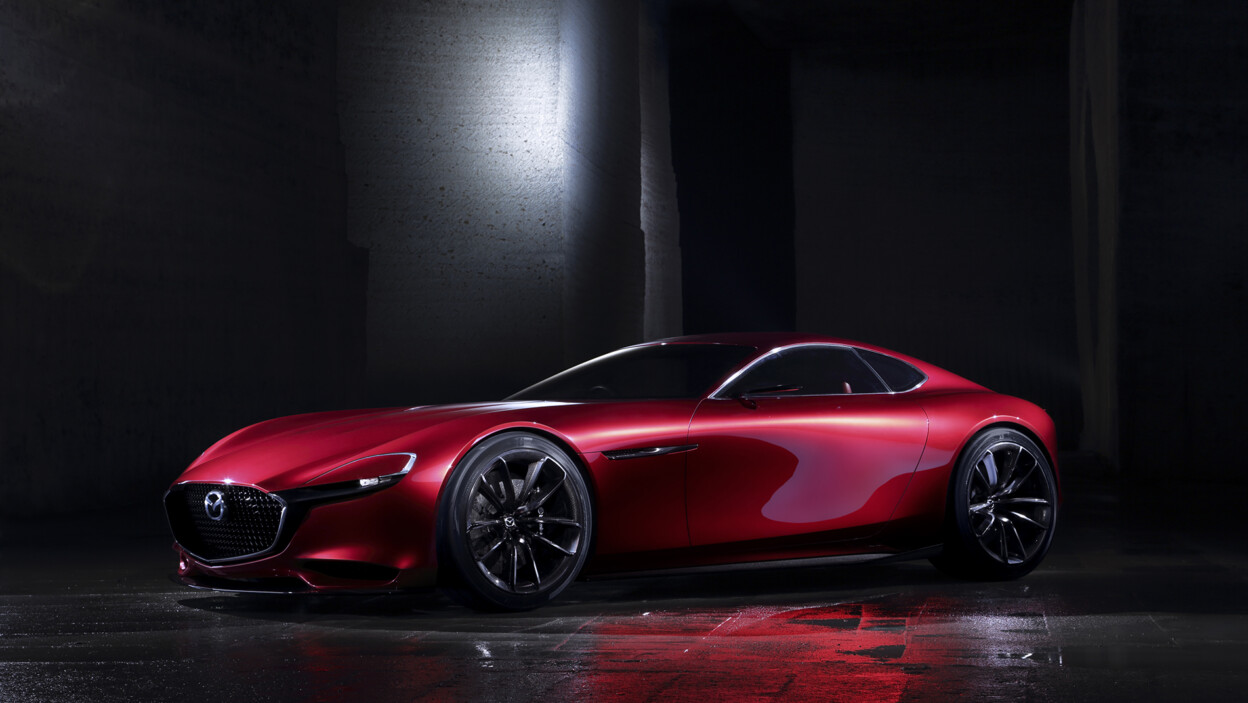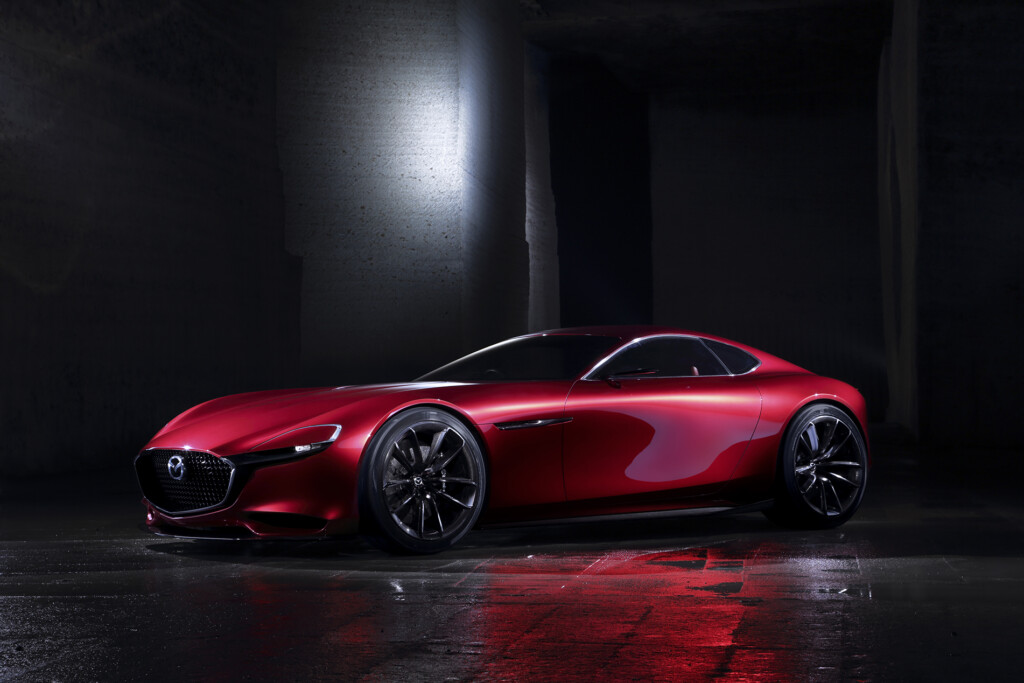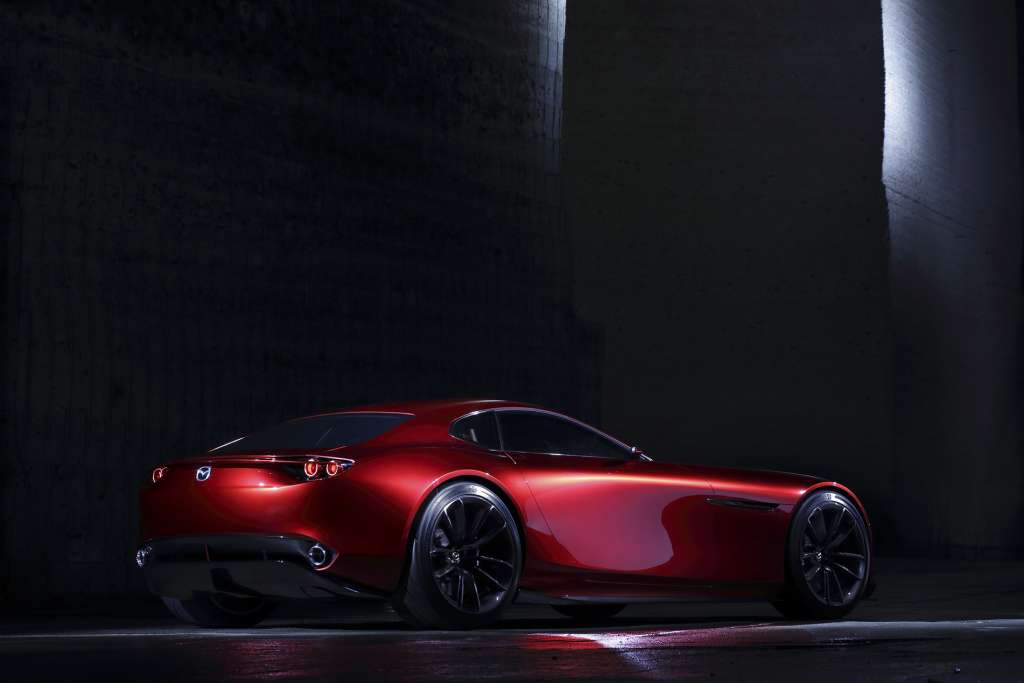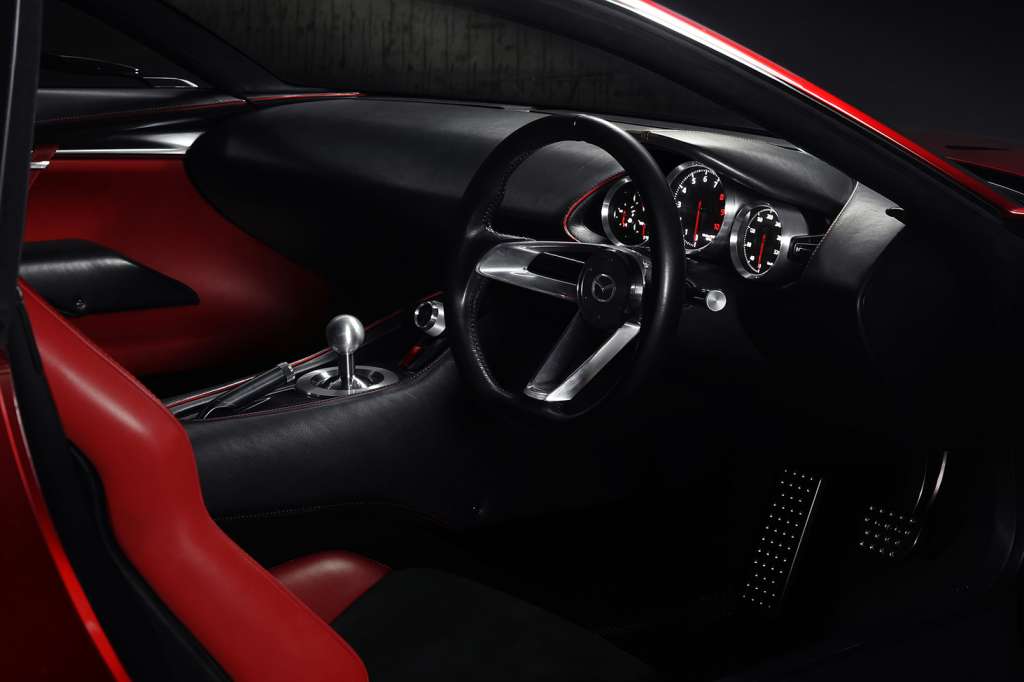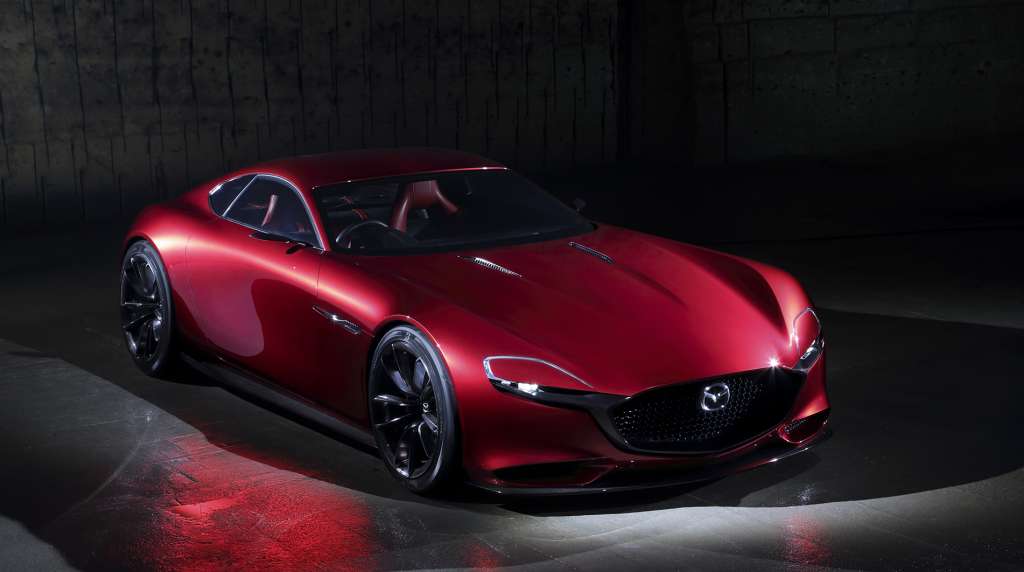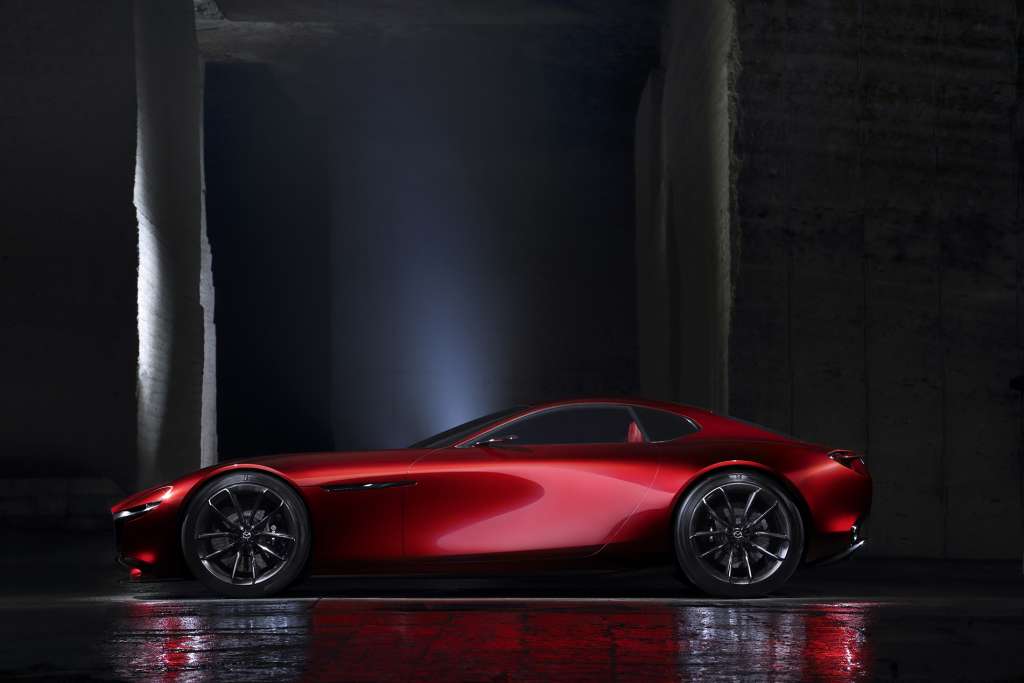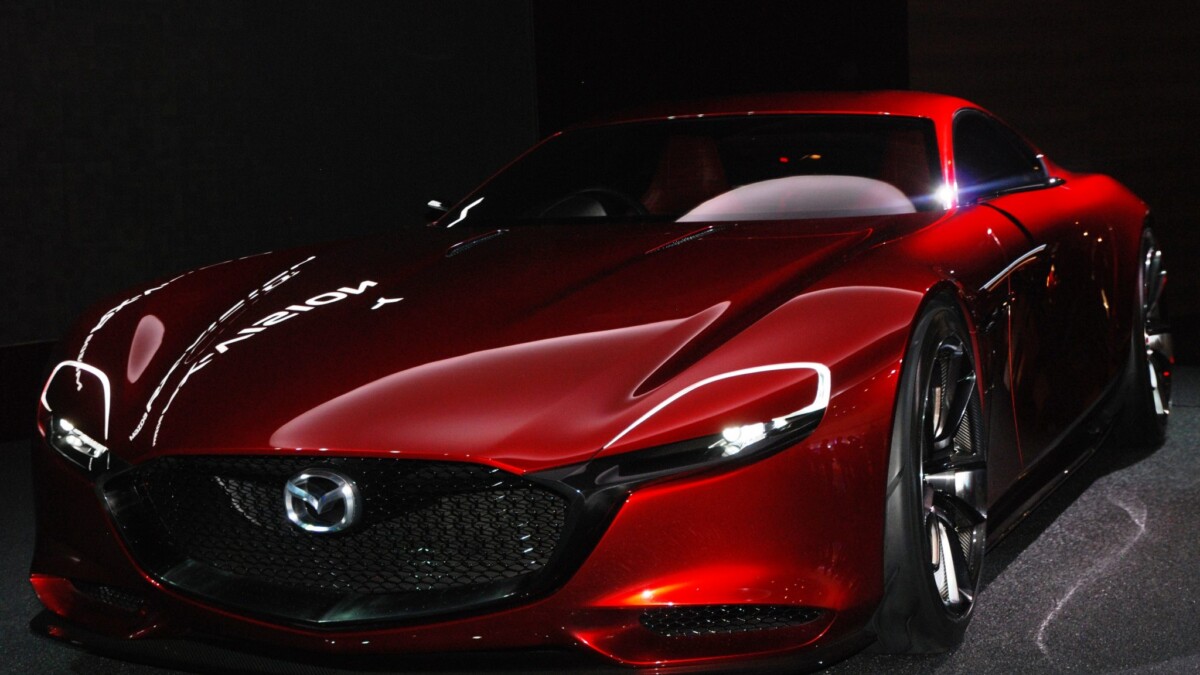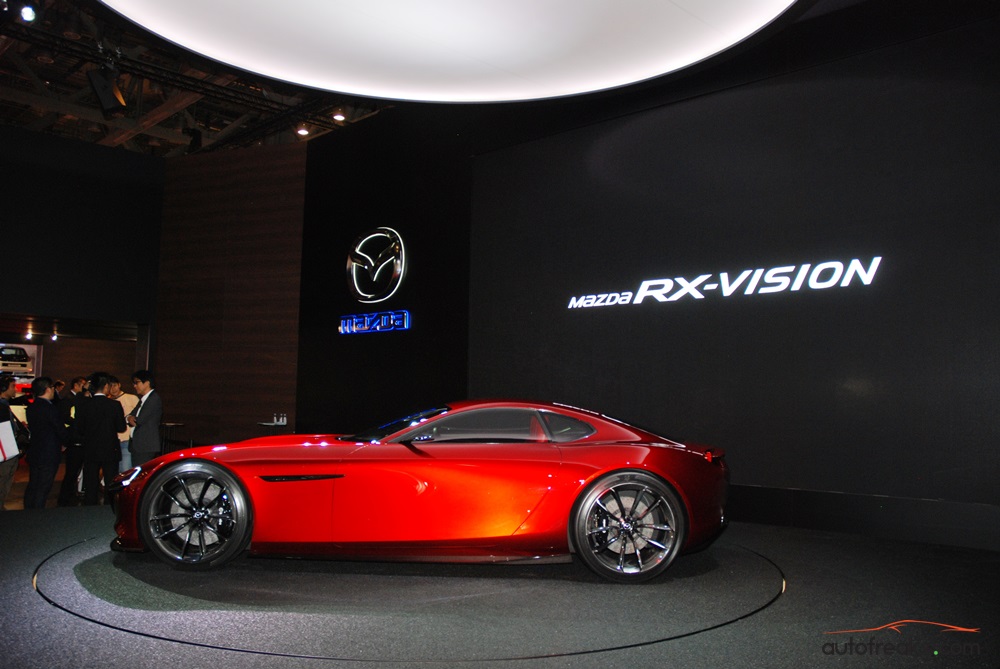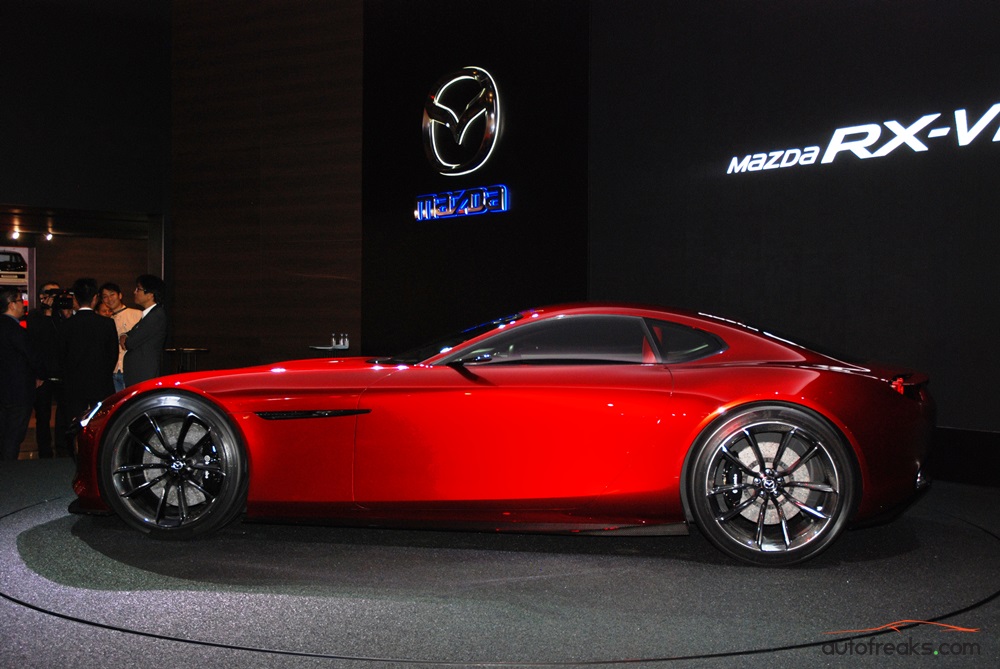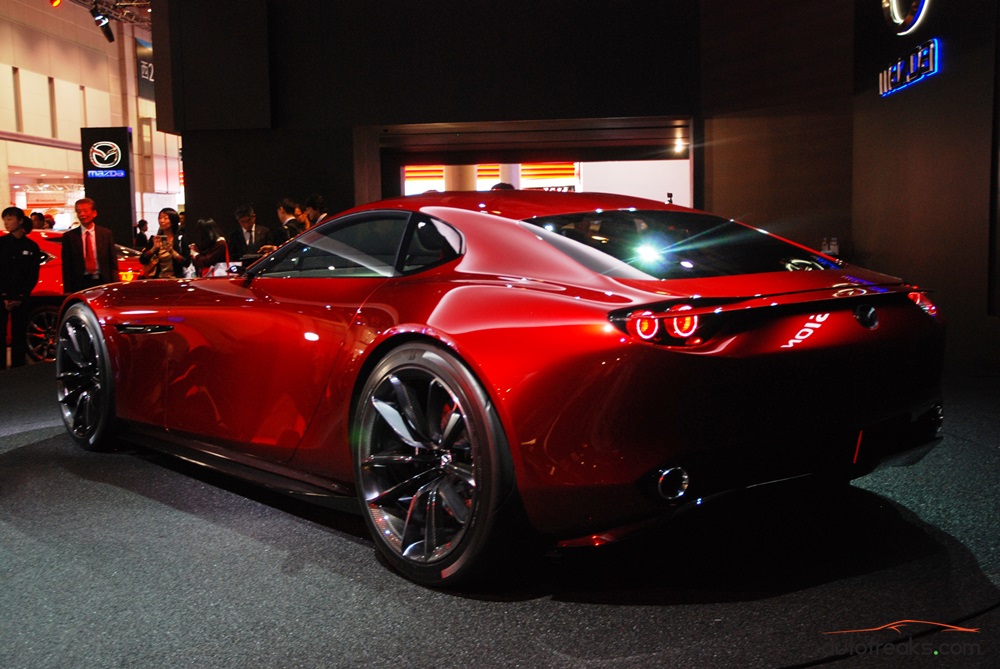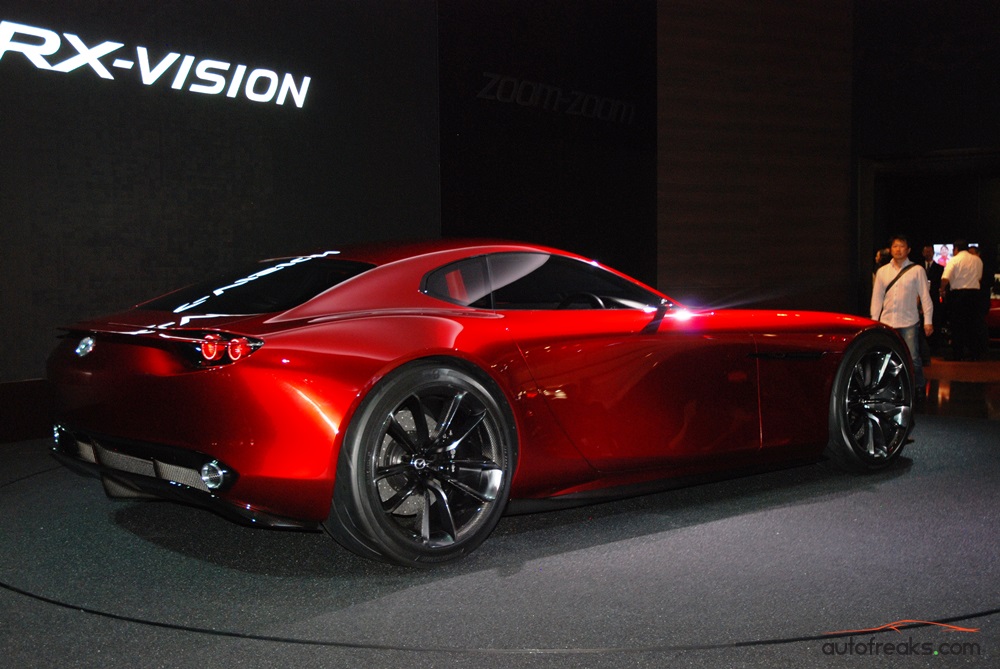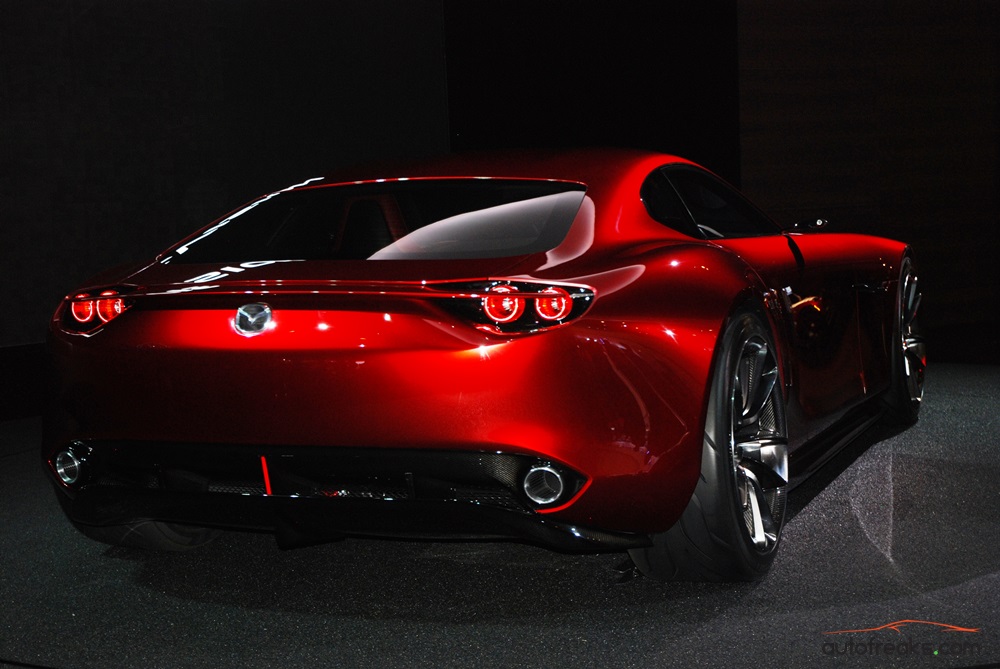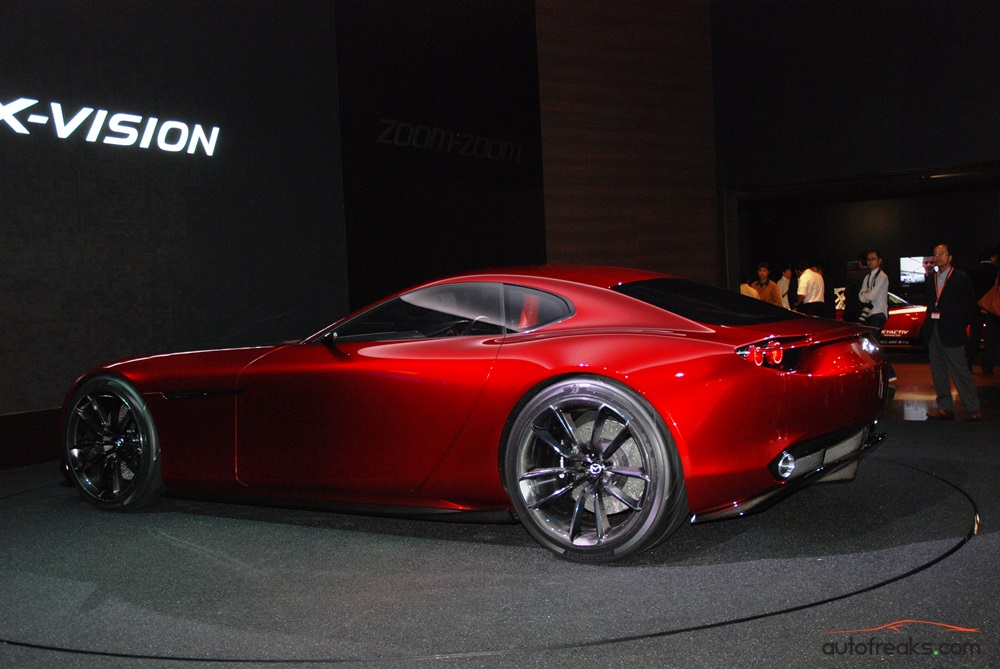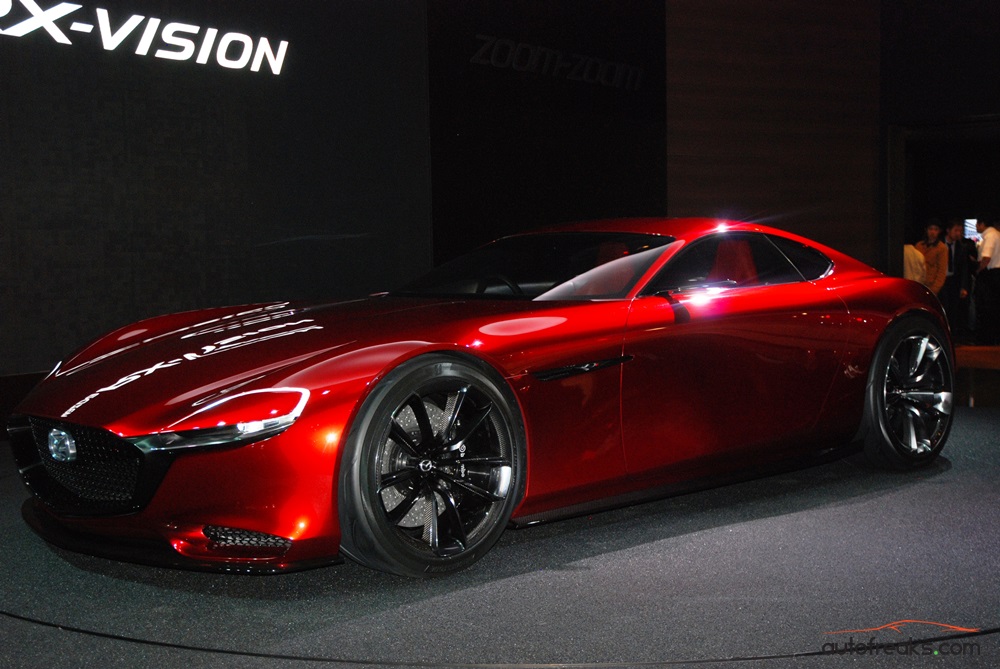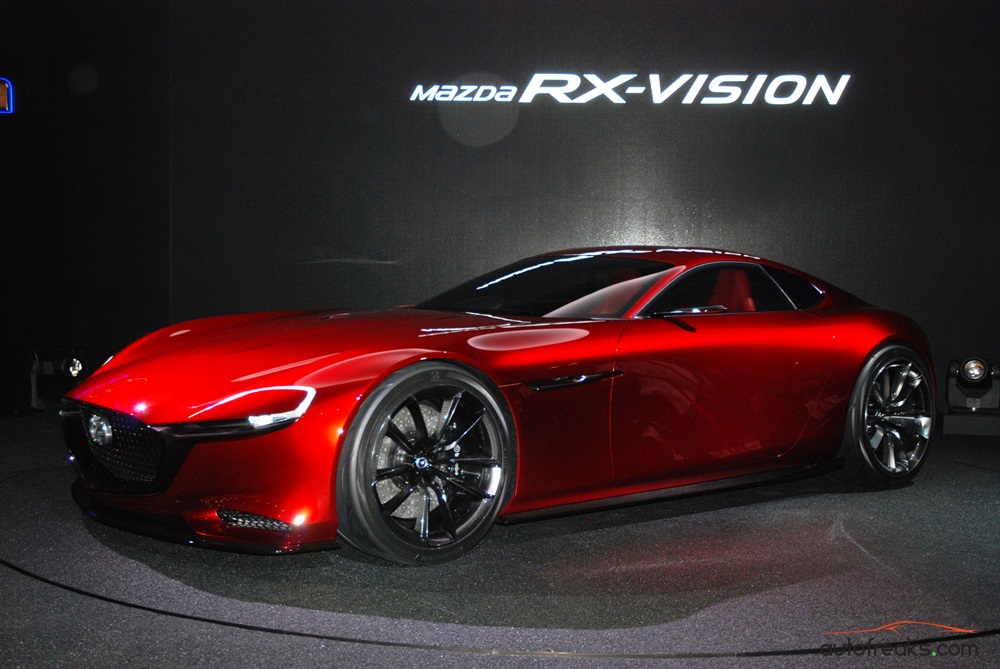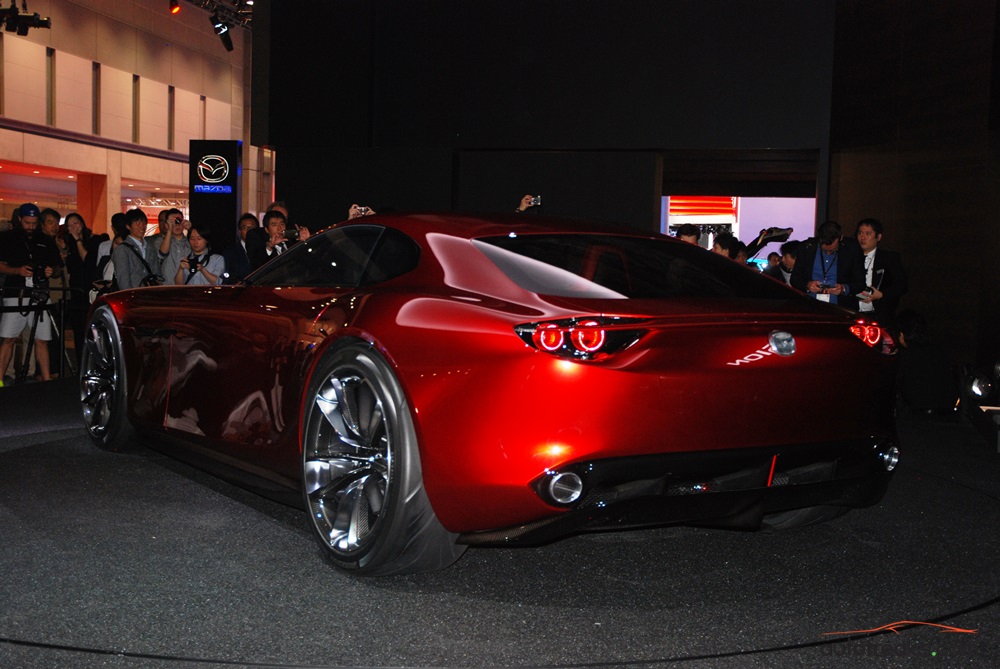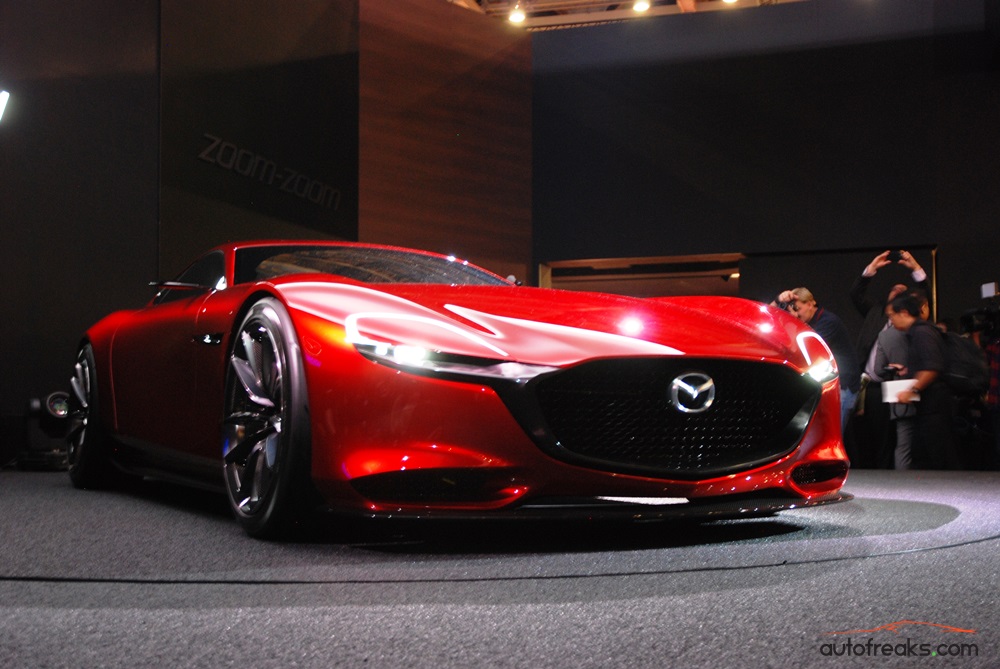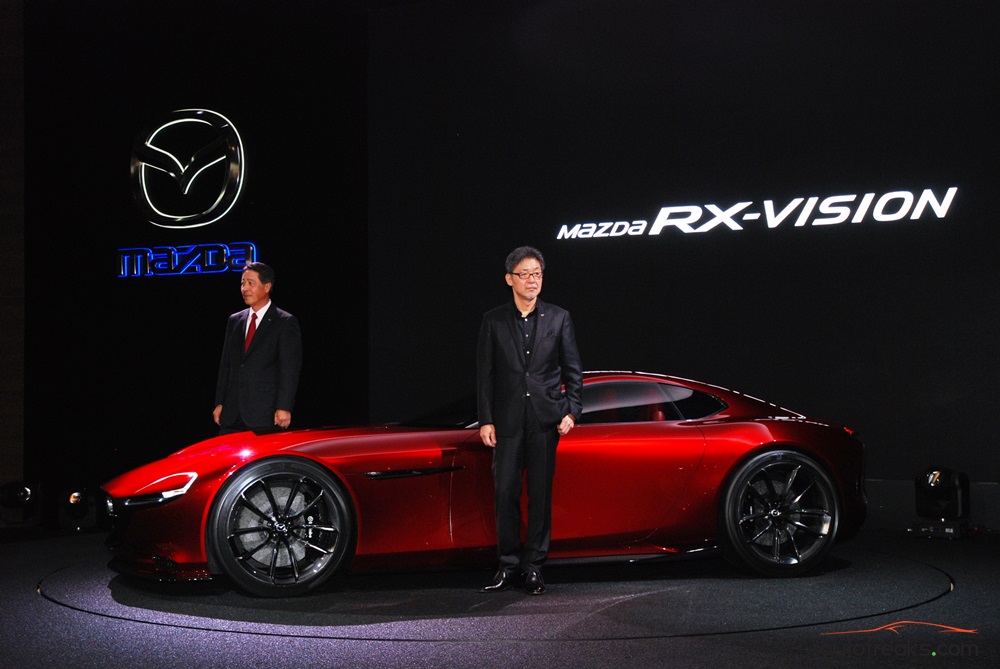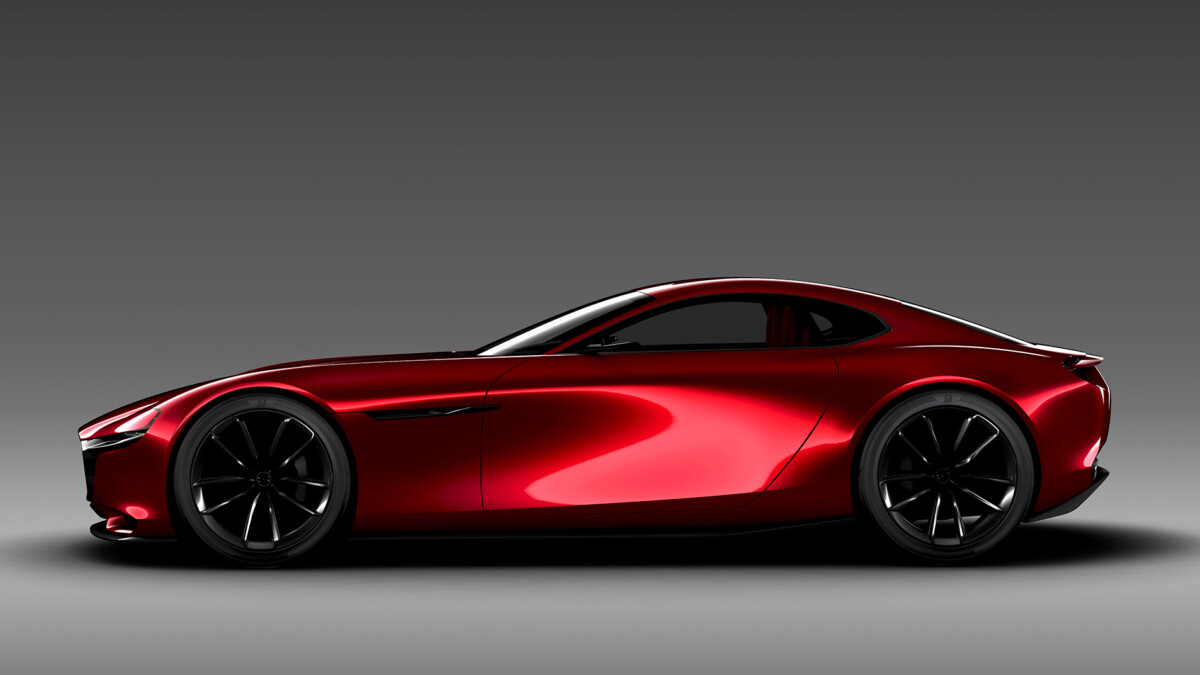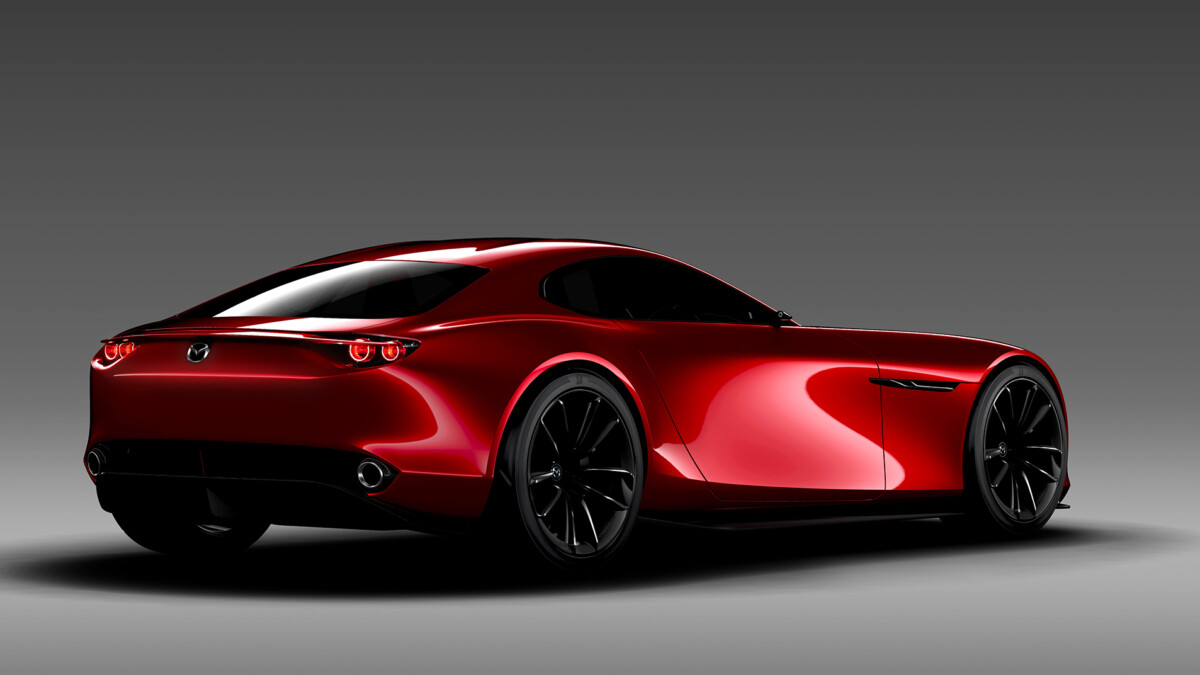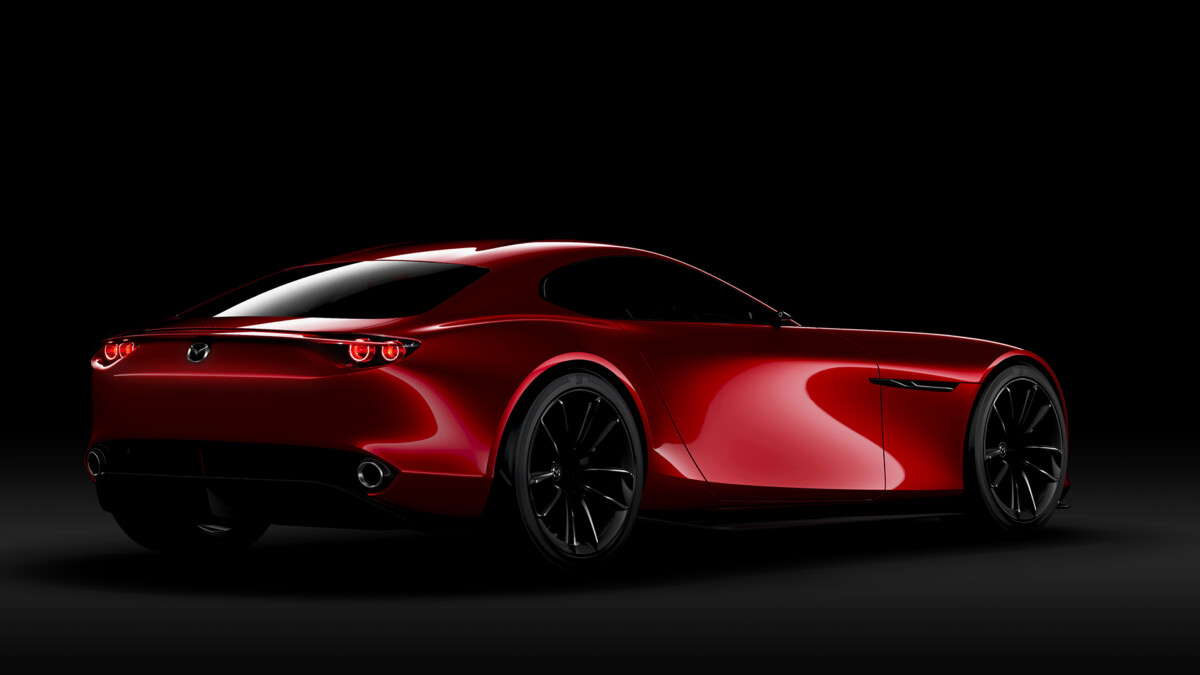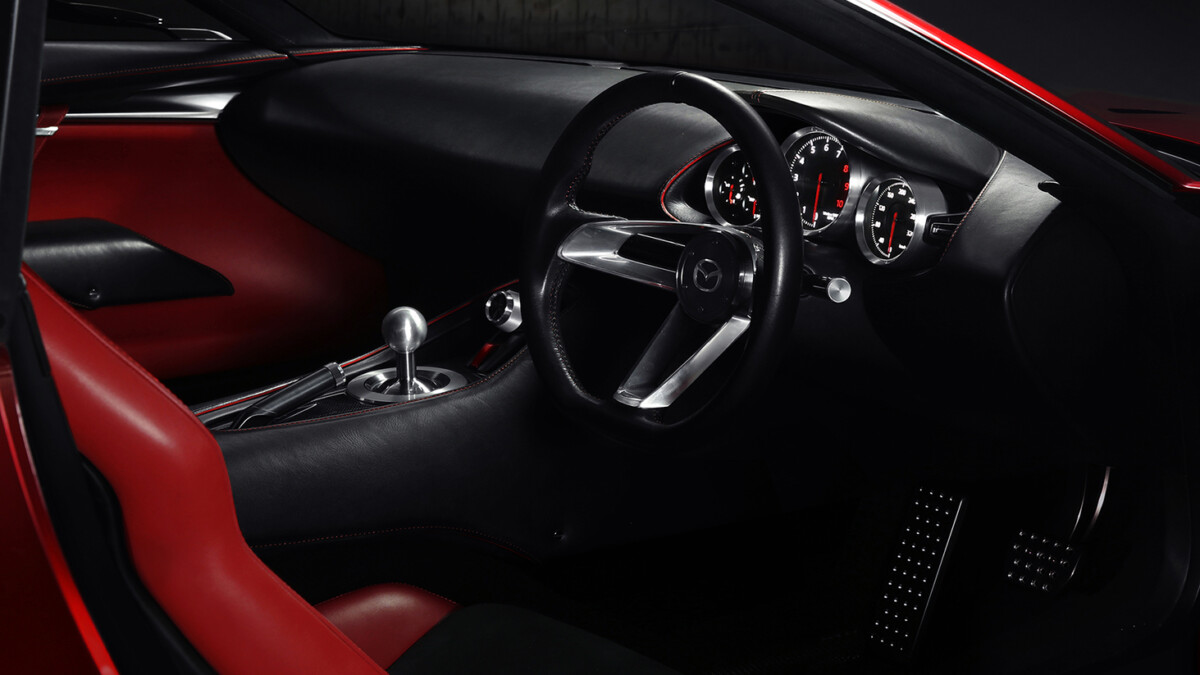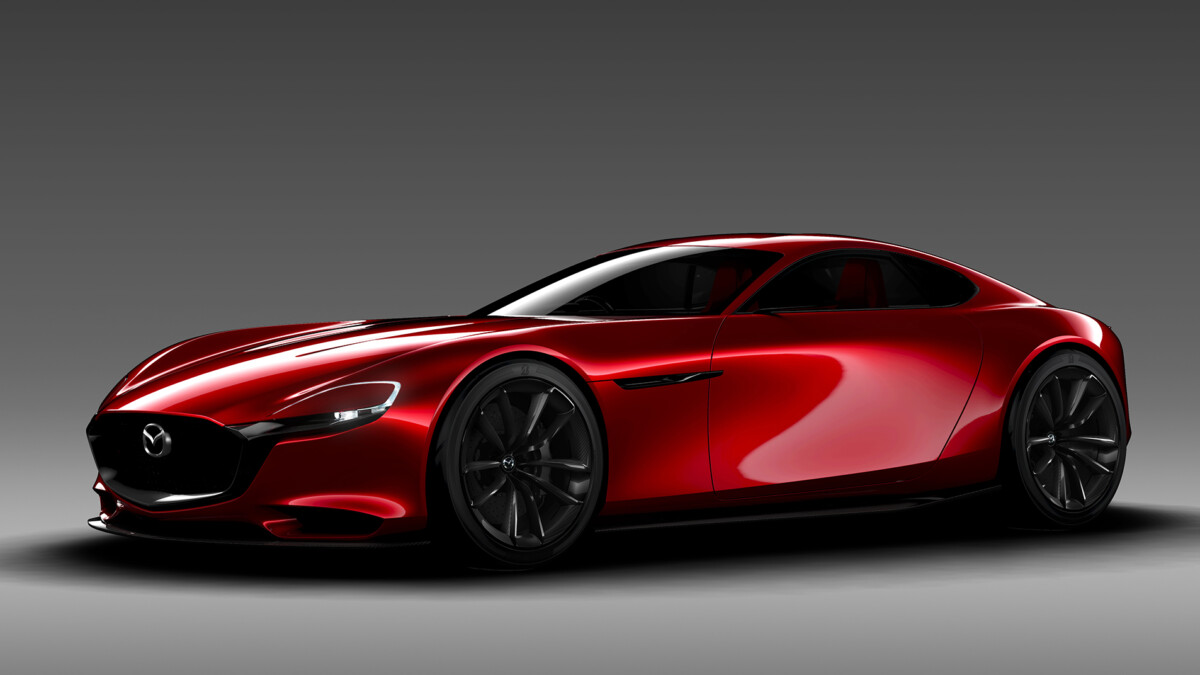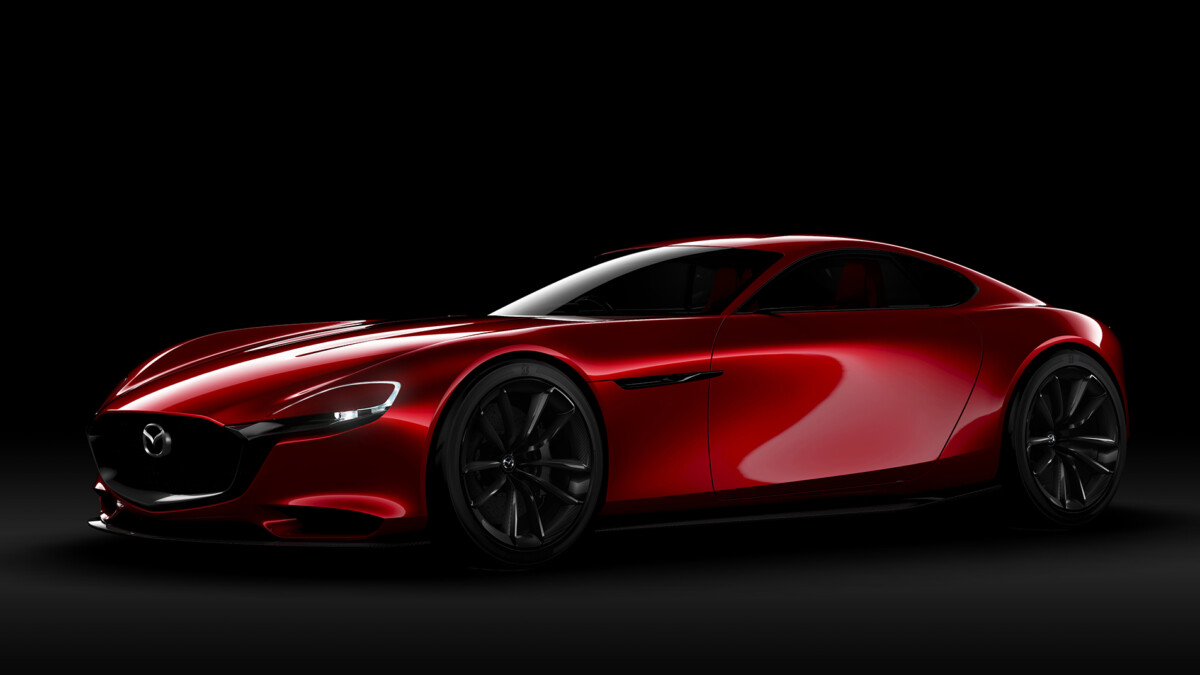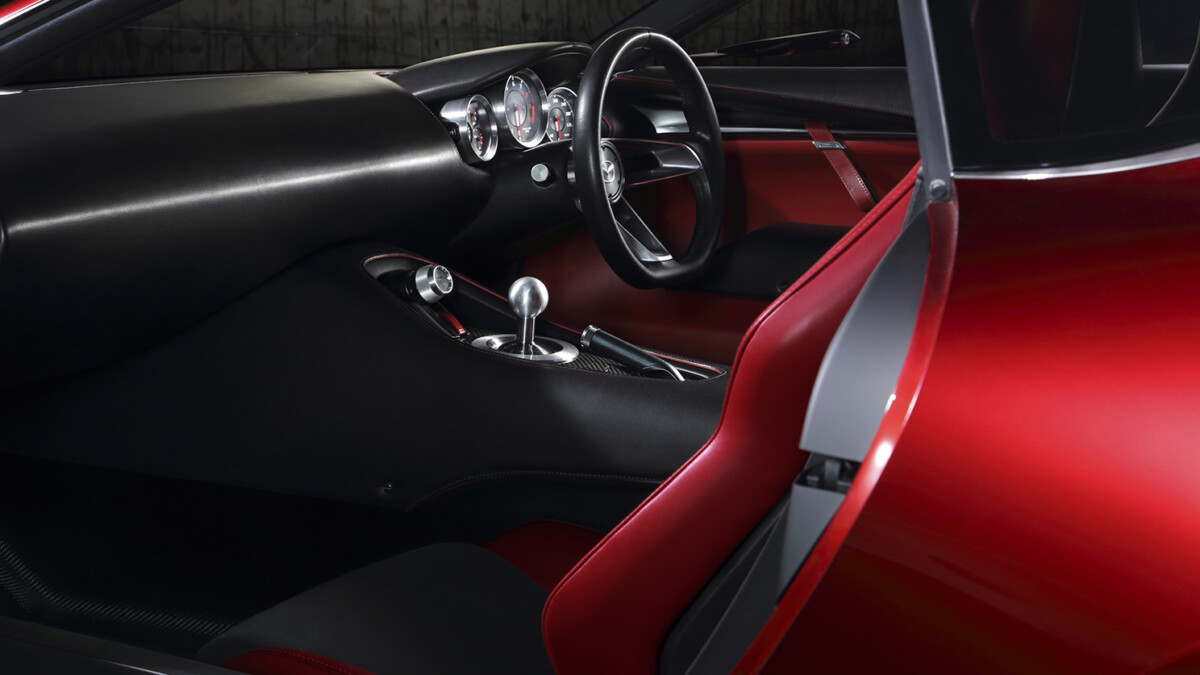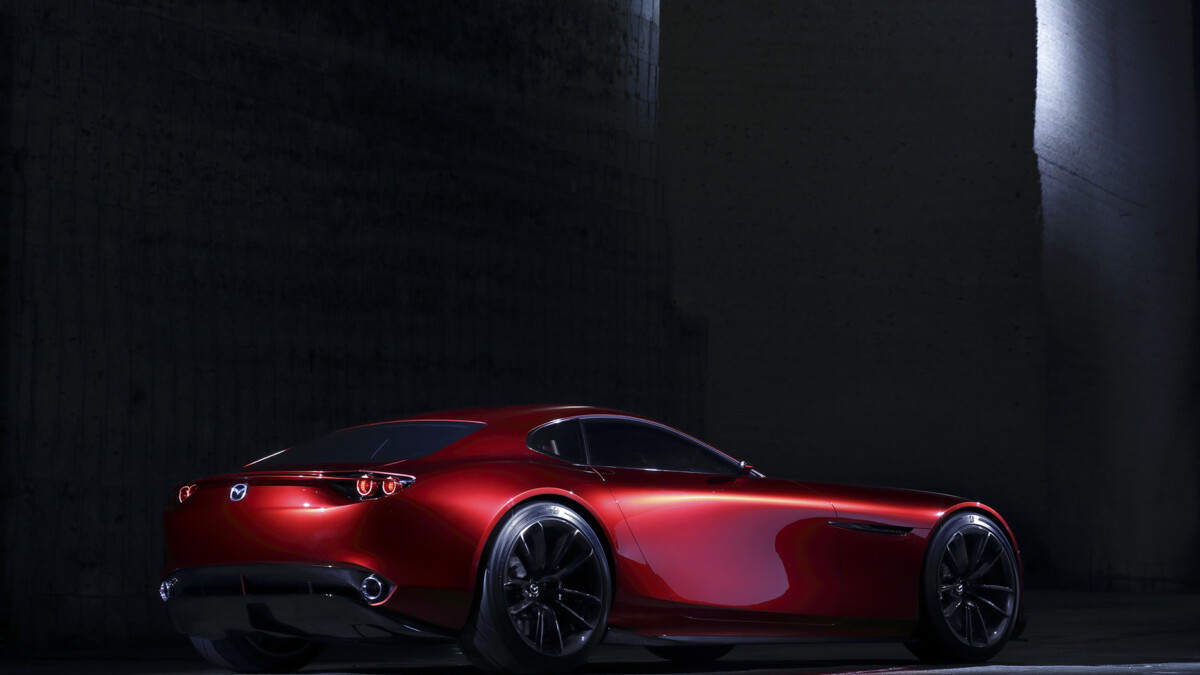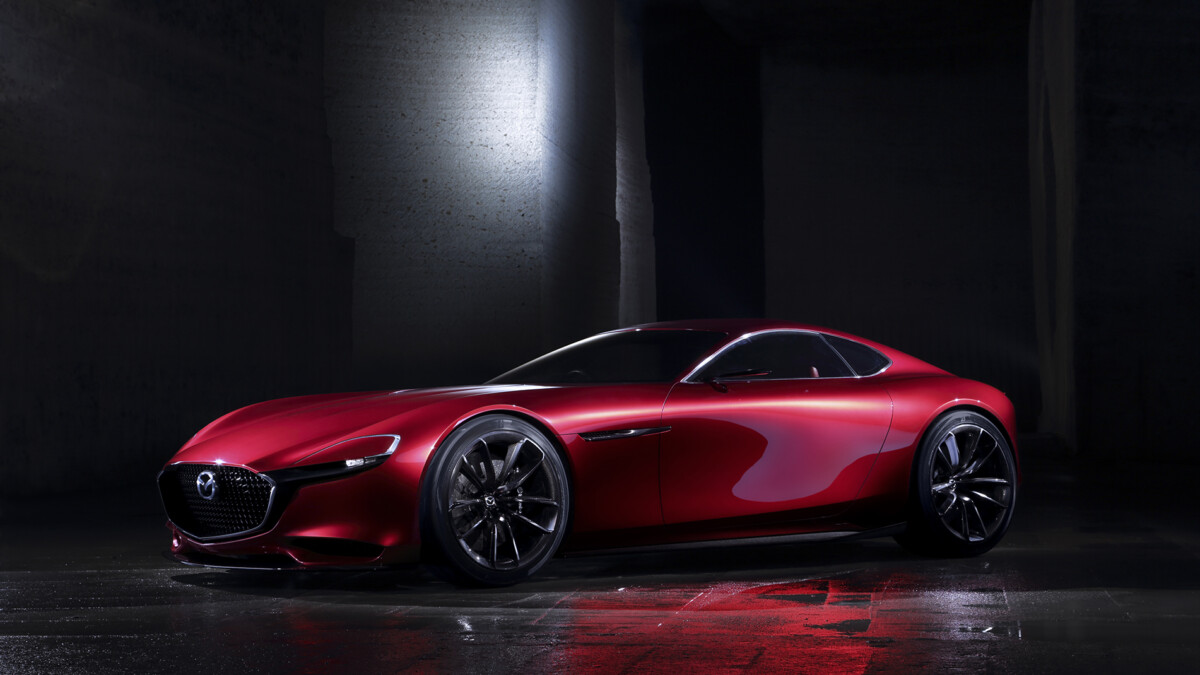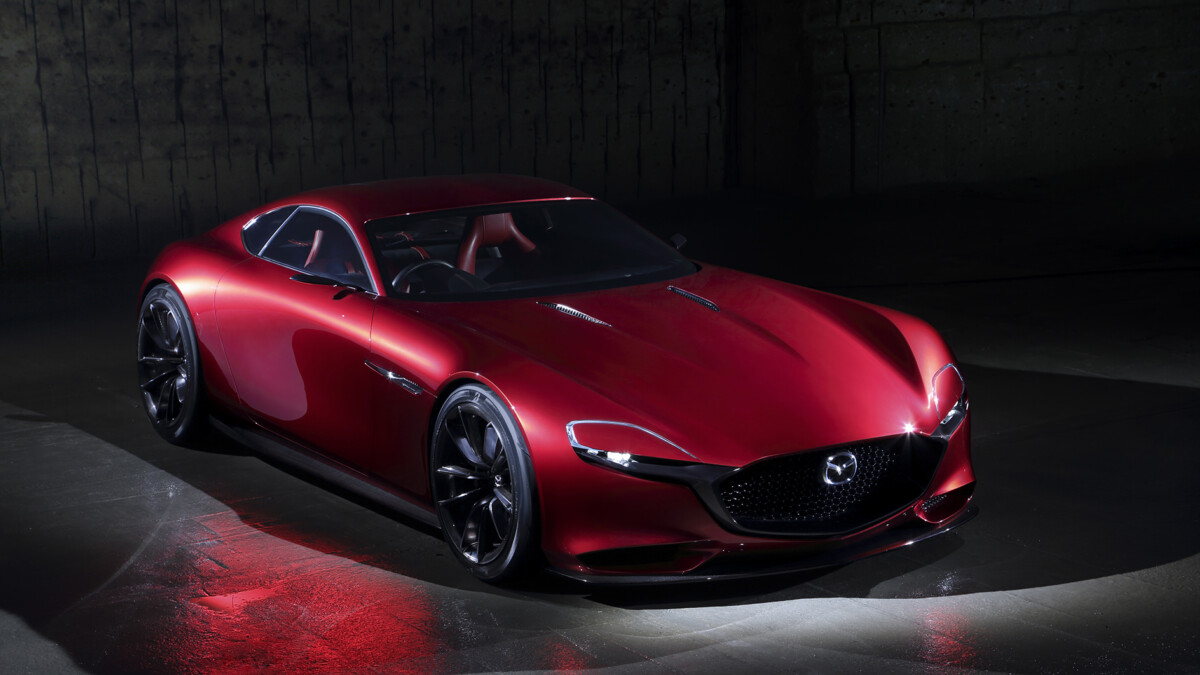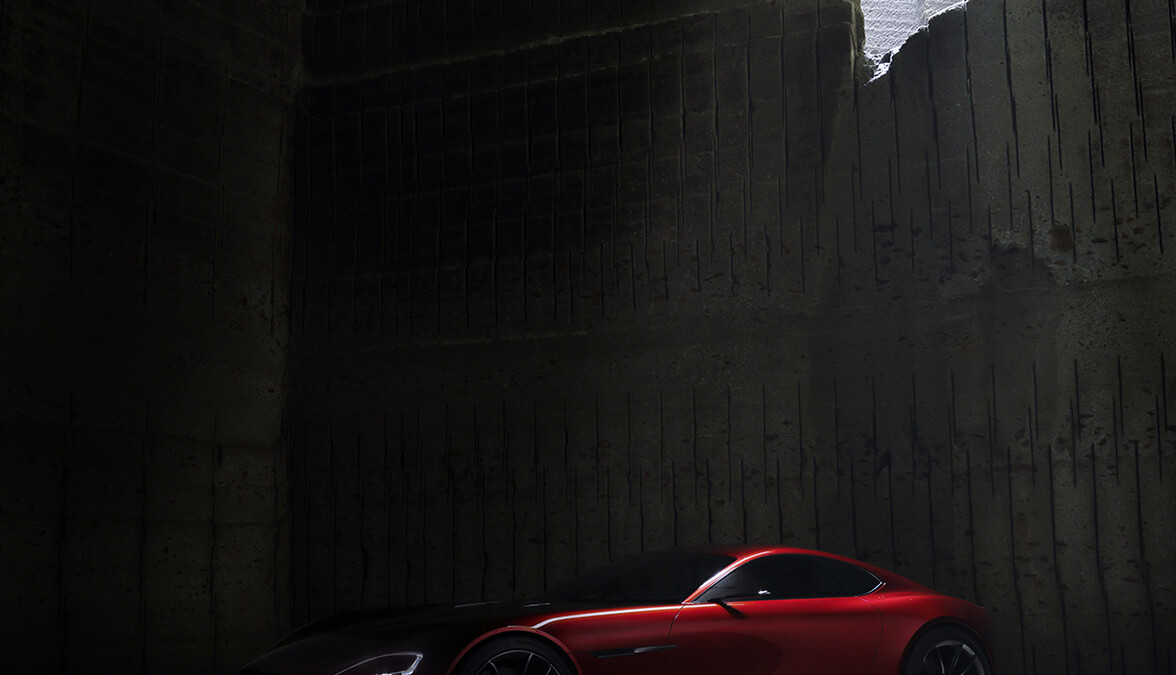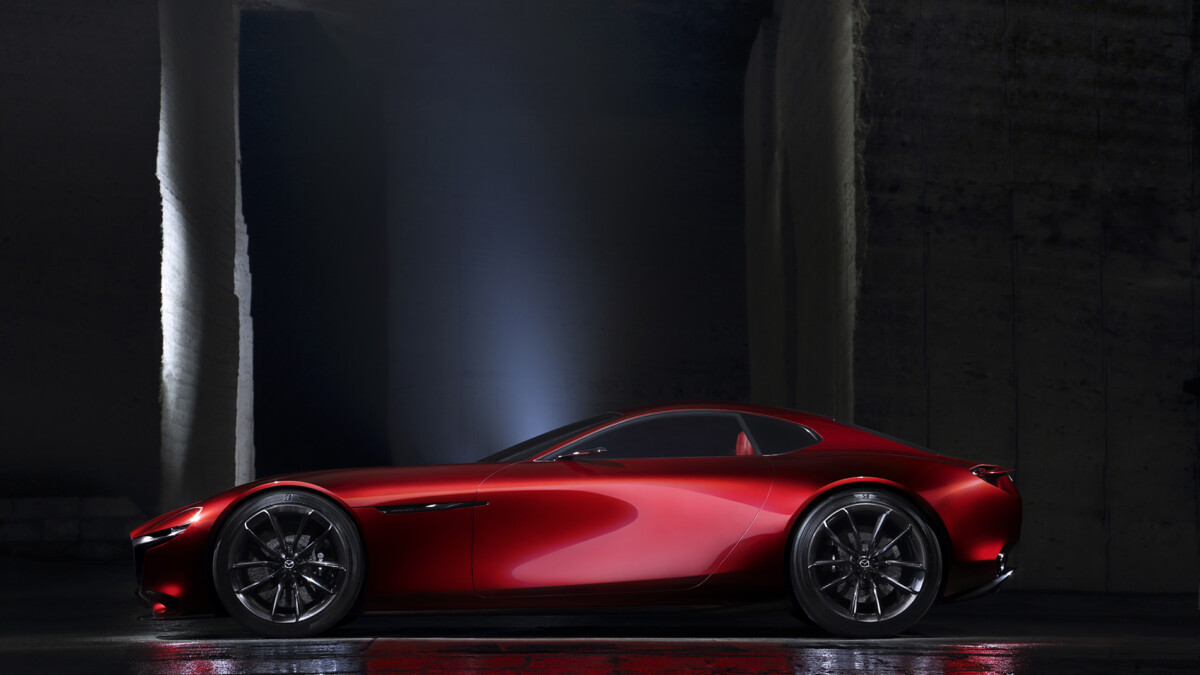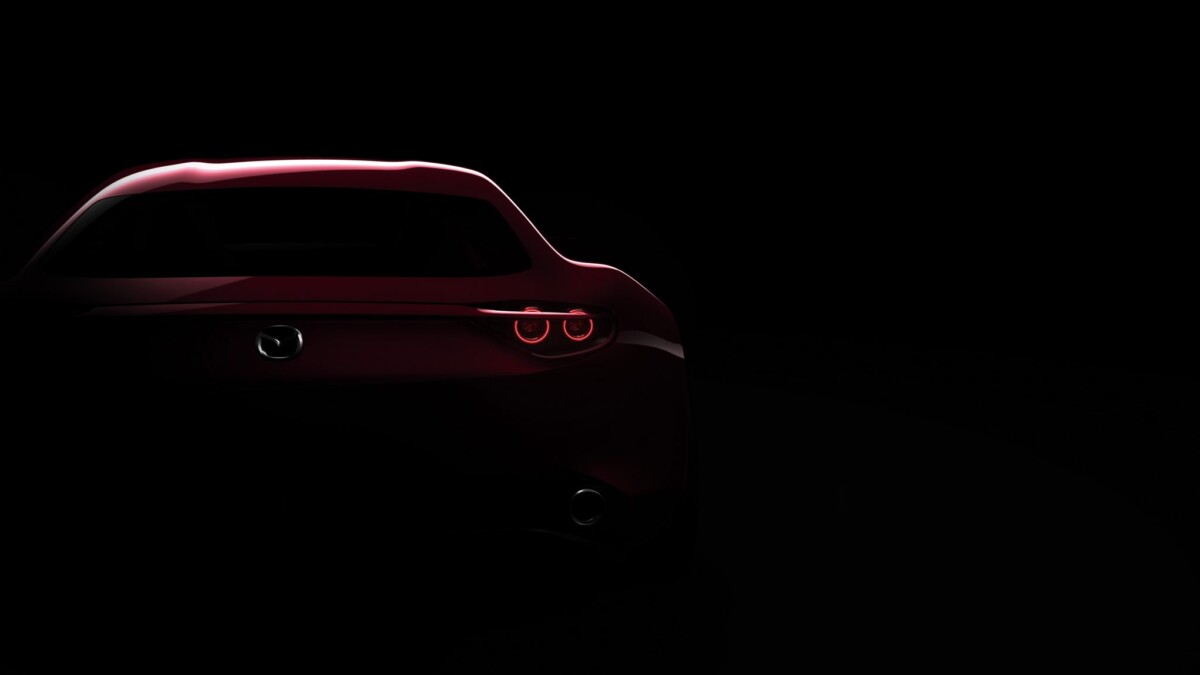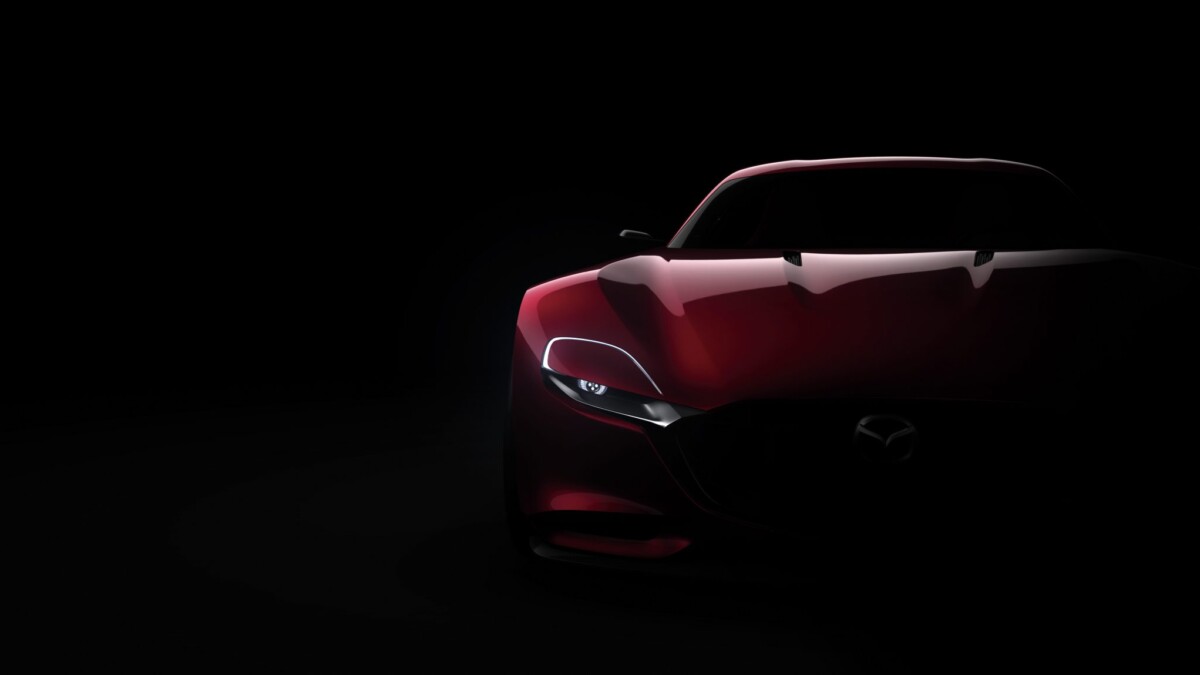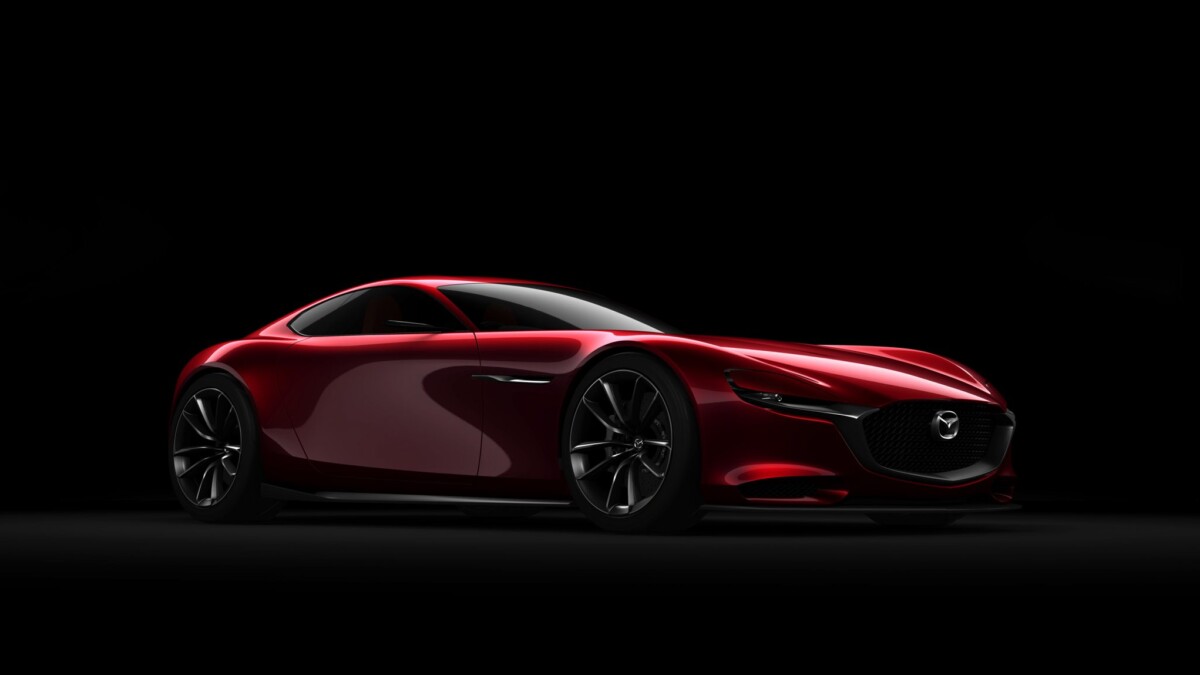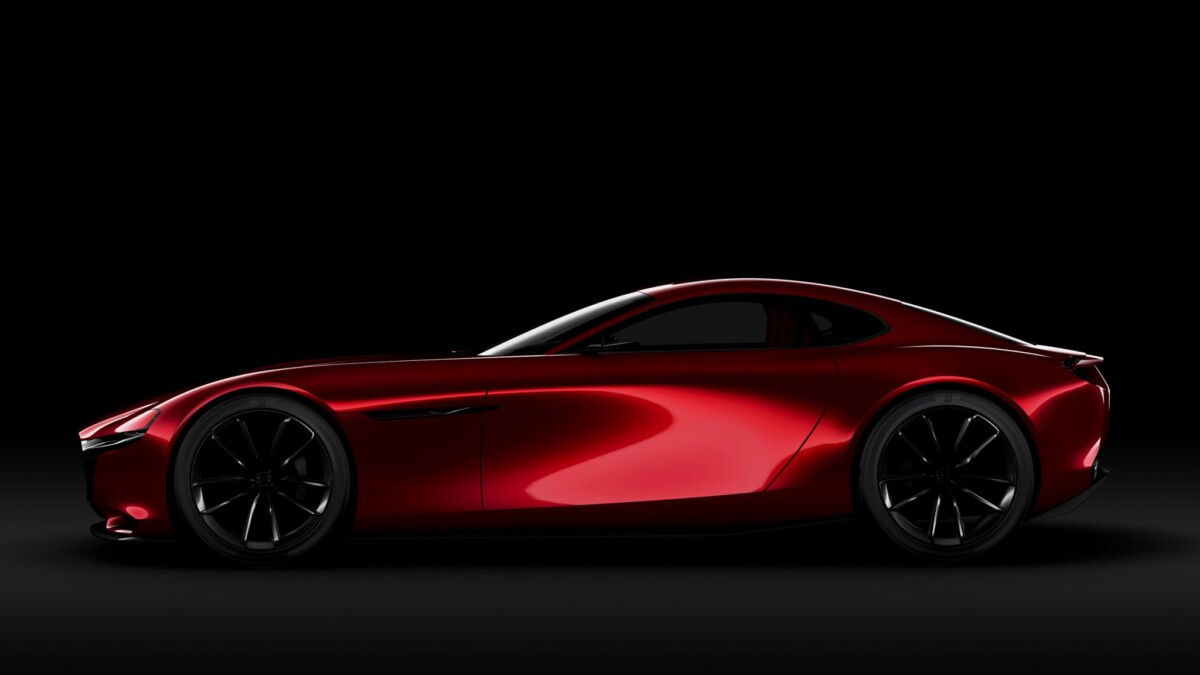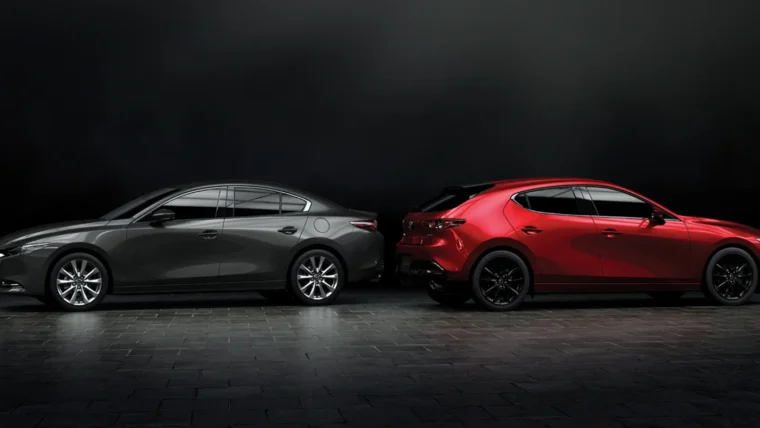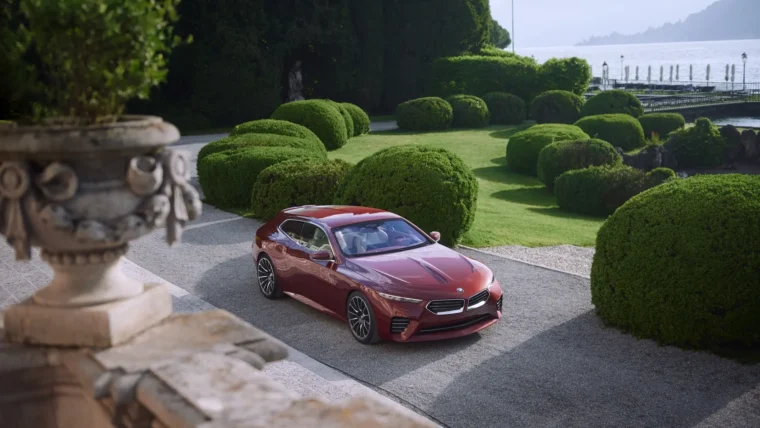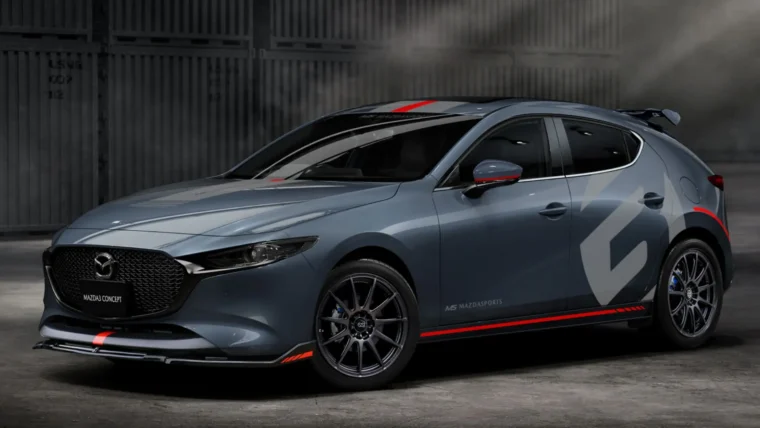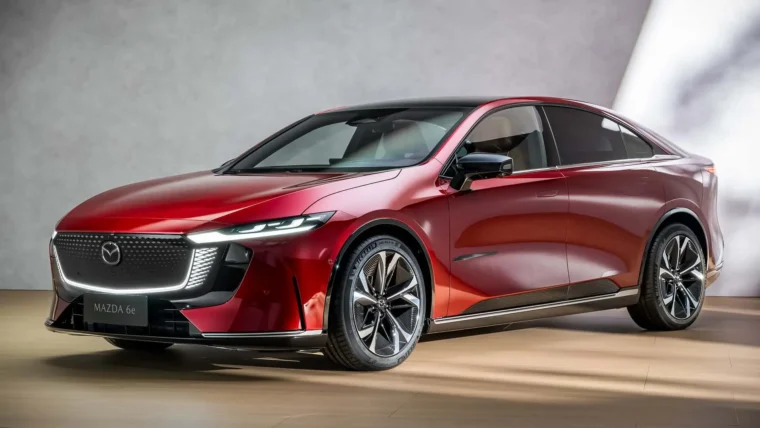One of the most exciting reveals at the Tokyo Motor Show this year was none other than the drop-dead gorgeous Mazda RX-Vision concept. Besides being the most lust-worthy concept stealing the spotlight at the Mazda stand, the Japanese company also revealed that the concept hides a Wankel rotary engine underneath its svelte hood that marks a much-anticipated return of the rotary engine into the Japanese car maker’s future. While the RX-Vision remains a study, the debut of this gorgeous-looking concept is Mazda’s way of announcing it will one day be a reality.
For Mazda, the rotary engine is not just another product in its lineup. It symbolizes the company’s tirelessly challenging spirit and creativity throughout its history. The debut of the world’s first production car powered by a two-rotor rotary engine was unveiled in the Cosmo Sport in 1967.
The Cosmo Sport competed in the 1968 Marathon De La Route, an 84-hour endurance race staged at Germany’s famed Nürburgring. Completing the 3-1/2 day nonstop race and taking fourth place overall, the Cosmo Sport proved that the rotary engine delivered excellent performance and was highly durable.
Following the launch of the Cosmo Sport in 1967, Mazda continued to introduce one car after another powered by the rotary engine. The company’s last Wankel-powered model to be offered in showrooms was the RX-8 when in 2011, Mazda announced the end of production citing poor sales and high costs associated with keeping up with emissions standards, and followed through in terminating both the RX-8 and the rotary in June 2012.
While mass production of rotary engine is currently on hold, the company has never stopped research and development efforts towards its rotary engine. This next-generation rotary engine which has been christened SkyActiv-R expressed the company’s determination to take on challenges with convention-defying aspirations and the latest technology, just as it did when developing the SkyActiv technology.
“50 years ago we took on the challenge of the rotary engine and were successful in mass-producing and commercializing it. It hasn’t been an easy path; we’ve had our share of setbacks and challenges and are no longer producing rotary engine vehicles. However, one day the rotary will make a comeback,” said Masamichi Kogai, Mazda President and CEO.
Mazda has a dedicated team of 50 engineers working on the next generation of the rotary engine; code-named 16X for 8 years now. While the engine still hasn’t reached the performance targets that would make it suitable to power a successor for Mazda’s iconic RX-7 and RX-8 sports car, the company refuses to give up on the technology despite its limited R&D funds.
“We have a dream that one day, this design with a rotary engine will achieve a level that customers will accept,” said Kogai, when he was recently interviewed by Automotive News. “We have rotary engine fans and they will not be satisfied if we have the same exact rotary engine from before,” he added.
If the rotary engine improves enough for the coupe to go to production, the car likely would use the underpinnings of the MX-5 Miata roadster. With its front-engine, rear-wheel-drive configuration, the MX-5 chassis is “close to perfection” for a sports car, Kogai said, though it would need to be stiffer to handle the more powerful rotary engine.
One of the reasons why Mazda did not reveal a date for the return of its rotary engine sports car are partly out of a reluctance to put more pressure on its engineers to solve the main issues of the rotary engines — fuel economy, emissions performance and reliability. And if you think that the 50-strong team of engineers is not enough, Kiyoshi Fujiwara, Mazda’s R&D chief said that the team may be small but they are dedicated to the task.
“These 50 engineers want to develop the rotary engine, therefore they joined Mazda,” Fujiwara said. “If I stop the rotary engine, probably they want to leave.”
So, there you have it folks, the rotary engine will eventually make a comeback in the future. We don’t know when exactly for sure, but we’re seriously looking forward for those 50 engineers to achieve their goal if you want to see the RX-Vision actually making it into production!
The Mazda RX-Vision is worth admiring so don’t forget to check out its all-around view in the video below or scroll down for our ‘live’ photo gallery of the concept sports car.
Other posts by AF Newsdesk

